Summer is my favorite season for reading. This sun-filled season is fun, full of freedom and (sadly) short. Summer reading should reflect the season itself: enjoyable, self-selected and achievable! With these qualities in mind, the following books were chosen for their enjoyable story lines, engaging themes and low page counts. Another important element to summer reading is affordability, so every title listed below is available in paperback. While these may not be the most academic books in the world, never fear—there are still ample amounts of classroom applications and discussion opportunities.
Flora and Ulysses by Kate DiCamillo (Grades 3-7; Lexile: 520; Guided Reading: U) ![]()
The 2014 Newbery Medal Winner is now in paperback! While I hope that many readers already have had the chance to enjoy Flora and Ulysses, the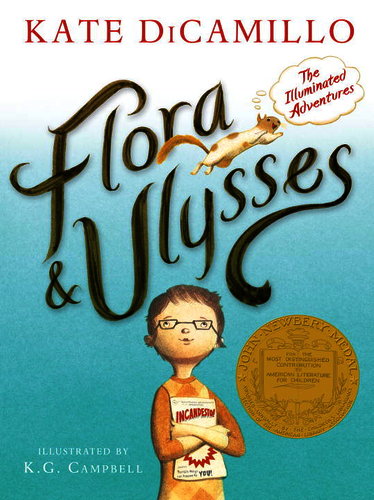 lower-cost format will give even more readers the opportunity to enjoy this sweet, touching story. Flora, who lives with her romance novelist mother, dislikes romance and loves reading superhero comics. Ulysses is a regular squirrel until he is run over by a runaway vacuum cleaner. Flora nurses Ulysses back to health and comes to the realization that after surviving such a harrowing ordeal, the squirrel has undoubtedly gained superpowers. While Ulysses may not have the powers Flora had in mind, he does now have the ability and urge to write poetry, which usually seems to include food. Flora and Ulysses befriend William Spiver, a neighbor’s nephew who is visiting for the summer. William and Flora bond over squirrel poetry, as well as dealing with divorced parents. Sprinkled with superhero-esque words, ample amounts of graphic novel elements and a dash of squirrel poetry, Flora and Ulysses is a very enjoyable read. Students can write poems from the perspective of other animals or write stories of their own about strange circumstances bestowing unusual powers on unexpected animals.
lower-cost format will give even more readers the opportunity to enjoy this sweet, touching story. Flora, who lives with her romance novelist mother, dislikes romance and loves reading superhero comics. Ulysses is a regular squirrel until he is run over by a runaway vacuum cleaner. Flora nurses Ulysses back to health and comes to the realization that after surviving such a harrowing ordeal, the squirrel has undoubtedly gained superpowers. While Ulysses may not have the powers Flora had in mind, he does now have the ability and urge to write poetry, which usually seems to include food. Flora and Ulysses befriend William Spiver, a neighbor’s nephew who is visiting for the summer. William and Flora bond over squirrel poetry, as well as dealing with divorced parents. Sprinkled with superhero-esque words, ample amounts of graphic novel elements and a dash of squirrel poetry, Flora and Ulysses is a very enjoyable read. Students can write poems from the perspective of other animals or write stories of their own about strange circumstances bestowing unusual powers on unexpected animals.
Gone Fishing: A Novel in Verse by Tamera Will Wissinger (Grades 1-4) ![]()
Fishing may be one of the few reasons to wake up early during the summer. Gone Fishing is a novel in verse told through multiple perspectives. Numerous poetic forms are included and labeled within the text. The back matter includes more information about each. Sam loves fishing with his 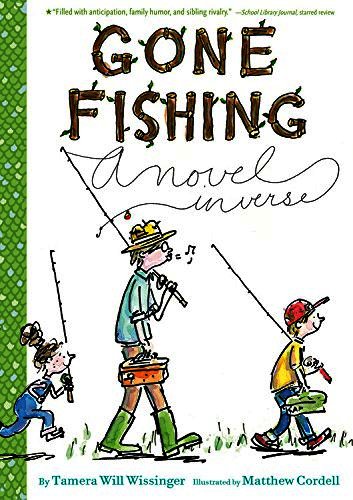 dad, and only his dad—little sisters need not apply. Lucy is so excited that she is now old enough to go fishing with Sam and Dad. The two siblings’ poems excellently convey Sam’s dread at Lucy “ruining” the fishing trip, as well as Lucy’s excitement. Dad even chimes in now and then with his own poems. Once at the lake, Lucy manages to catch numerous fish, much to Sam’s chagrin. When Sam finally catches a whopper of a fish, Lucy cheers him on. Sam feels terrible that he has been so negative to her the entire trip and decides to be happy for Lucy’s abundant catch. Students with younger siblings are sure to relate to Sam’s dilemma. Not only is this a great summer read, but the ample amount of poetic forms explored and the supporting back matter make this an ideal mentor text for poetry units.
dad, and only his dad—little sisters need not apply. Lucy is so excited that she is now old enough to go fishing with Sam and Dad. The two siblings’ poems excellently convey Sam’s dread at Lucy “ruining” the fishing trip, as well as Lucy’s excitement. Dad even chimes in now and then with his own poems. Once at the lake, Lucy manages to catch numerous fish, much to Sam’s chagrin. When Sam finally catches a whopper of a fish, Lucy cheers him on. Sam feels terrible that he has been so negative to her the entire trip and decides to be happy for Lucy’s abundant catch. Students with younger siblings are sure to relate to Sam’s dilemma. Not only is this a great summer read, but the ample amount of poetic forms explored and the supporting back matter make this an ideal mentor text for poetry units.
Poem Runs: Baseball Poems and Paintings by Douglas Florian (Grades K-4) ![]()
Nothing says summer quite like baseball. Poem Runs has been a regular in classroom libraries since its hardcover publication in 2012. The paperback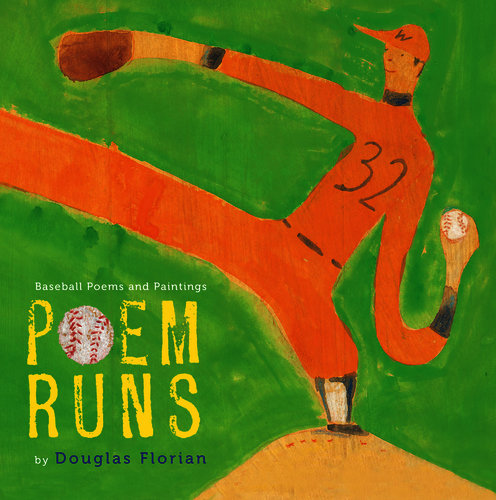 edition is now available—just in time for summer 2015! This picture book features a baseball-themed poem on each spread. Each poem focuses on a specific element of baseball, including a bored right-fielder who is great at picking daisies and a baseball that is losing its stitches. While most baseball stories focus on the guys, the teams in this book have several female players. Sports fans will love reading these poems before going to a game or playing it themselves. During the school year, try using Poem Runs in a poetry unit. Students can choose their favorite sport or activity and create their own poems around it.
edition is now available—just in time for summer 2015! This picture book features a baseball-themed poem on each spread. Each poem focuses on a specific element of baseball, including a bored right-fielder who is great at picking daisies and a baseball that is losing its stitches. While most baseball stories focus on the guys, the teams in this book have several female players. Sports fans will love reading these poems before going to a game or playing it themselves. During the school year, try using Poem Runs in a poetry unit. Students can choose their favorite sport or activity and create their own poems around it.
Sisters by Raina Telgemeier (Grades 4-8; Lexile: GN290) ![]()
Raina Telgemeier’s first graphic memoir, Smile, has quickly become a middle school classroom fixture. Her newest graphic memoir is sure to follow suit. Sisters alternates between flashbacks and the present, using a subtle shading difference on the pages to make transitions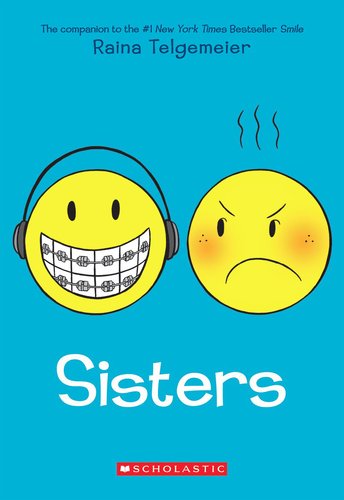 clear. The flashbacks relate how much young Raina wanted a little sister—that is, until she got one. The present tells the story of a lengthy road trip to a family reunion endured by the preteen Raina. Amara, Raina’s younger sister, is very much the typical annoying younger sibling—teasing Raina with her pet snake, scribbling on Raina’s drawings and generally bickering at every opportunity. Once they reach the family reunion, Raina is disappointed that her “cool” older cousin ditches her for the mall. Amara is uninterested in being Raina’s second choice to hang out with. Raina and Amara are finally able to bond, even if it is over recapturing the snake after it gets loose in the family van. The family relationships in this story are very relatable. Use this title as a great mentor text for those “What I Did on My Summer Vacation” assignments.
clear. The flashbacks relate how much young Raina wanted a little sister—that is, until she got one. The present tells the story of a lengthy road trip to a family reunion endured by the preteen Raina. Amara, Raina’s younger sister, is very much the typical annoying younger sibling—teasing Raina with her pet snake, scribbling on Raina’s drawings and generally bickering at every opportunity. Once they reach the family reunion, Raina is disappointed that her “cool” older cousin ditches her for the mall. Amara is uninterested in being Raina’s second choice to hang out with. Raina and Amara are finally able to bond, even if it is over recapturing the snake after it gets loose in the family van. The family relationships in this story are very relatable. Use this title as a great mentor text for those “What I Did on My Summer Vacation” assignments.
Wipeout of the Wireless Weenies by David Lubar (Grades 3-6; Lexile: 610) ![]()
Wipeout of the Wireless Weenies is the newest book in David Lubar’s Weenies series. These books are collections of humorous short stories that have a bit of a gross-out factor (nothing too extreme). Each two- to seven-page story stands alone, making the reading 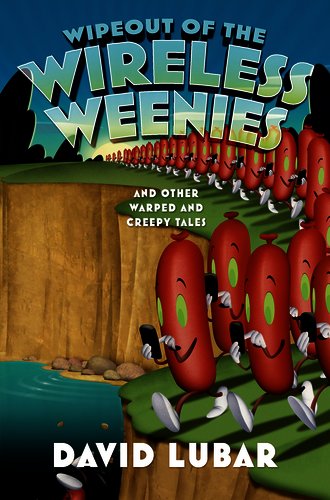 order of the stories and books unimportant. Unlike many other high-interest, low-reading-level books, Wipeout of the Wireless Weenies is well written, including metaphors, similes and rich descriptions. In the story “Dead Meat” a grumpy butcher is described as follows: “The man was big, as if all the years he’d spent wrestling slabs of beef and large sections of pork had shaped him in the image of his offerings.” The stories tend to have supernatural and science fiction elements, but some are more realistic. While this is most definitely a fun and light read, it can be used in the classroom. The stories are short enough to read aloud without taking up too much class time. First-, second-, and third-person narration are all represented within this text, as well as one story told entirely in dialog.
order of the stories and books unimportant. Unlike many other high-interest, low-reading-level books, Wipeout of the Wireless Weenies is well written, including metaphors, similes and rich descriptions. In the story “Dead Meat” a grumpy butcher is described as follows: “The man was big, as if all the years he’d spent wrestling slabs of beef and large sections of pork had shaped him in the image of his offerings.” The stories tend to have supernatural and science fiction elements, but some are more realistic. While this is most definitely a fun and light read, it can be used in the classroom. The stories are short enough to read aloud without taking up too much class time. First-, second-, and third-person narration are all represented within this text, as well as one story told entirely in dialog.


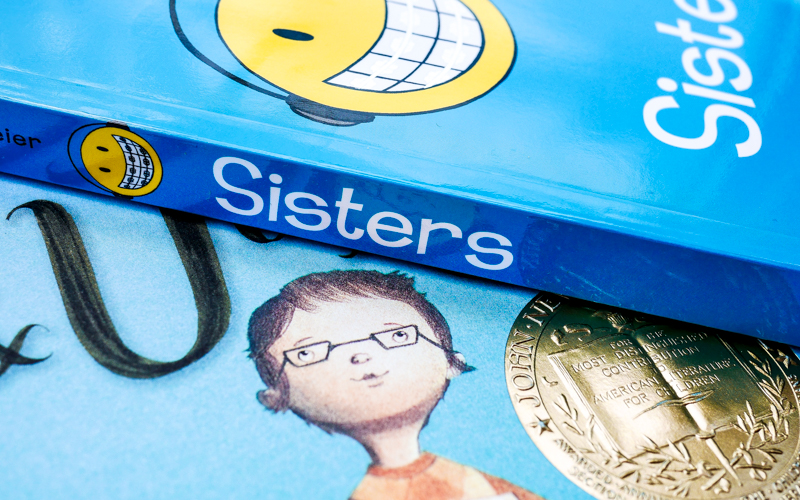
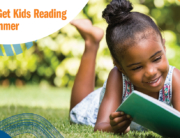


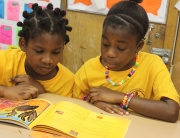
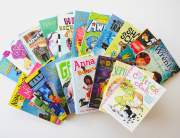
Leave A Comment